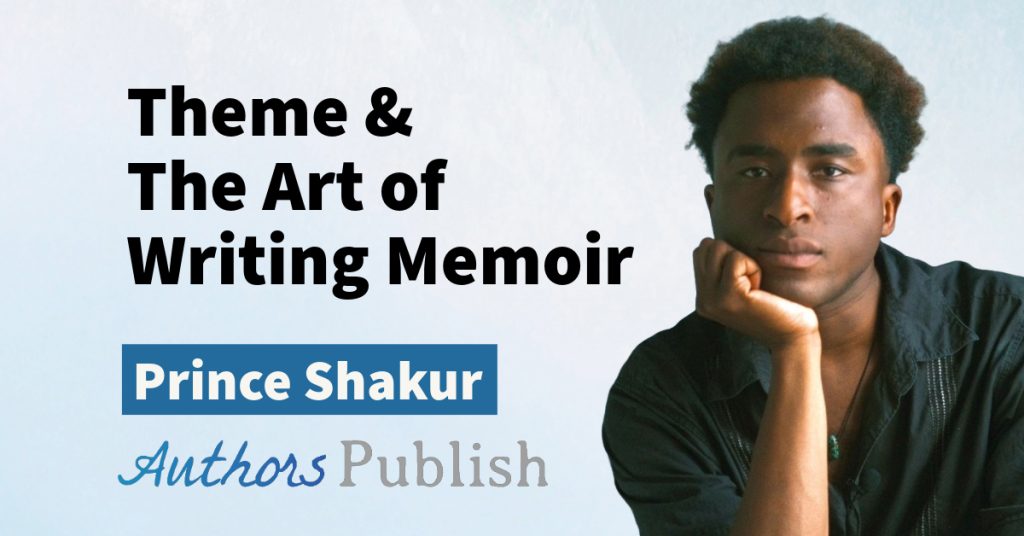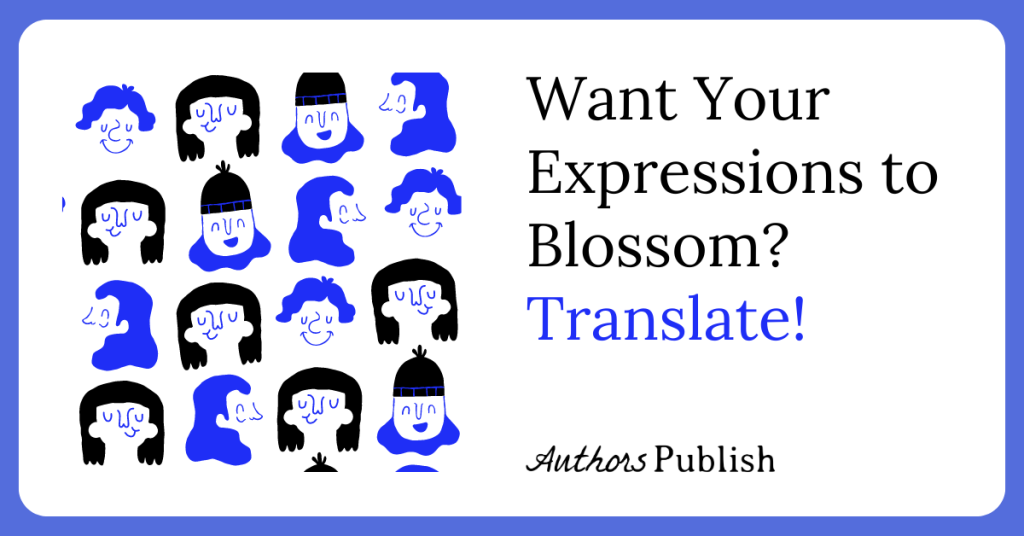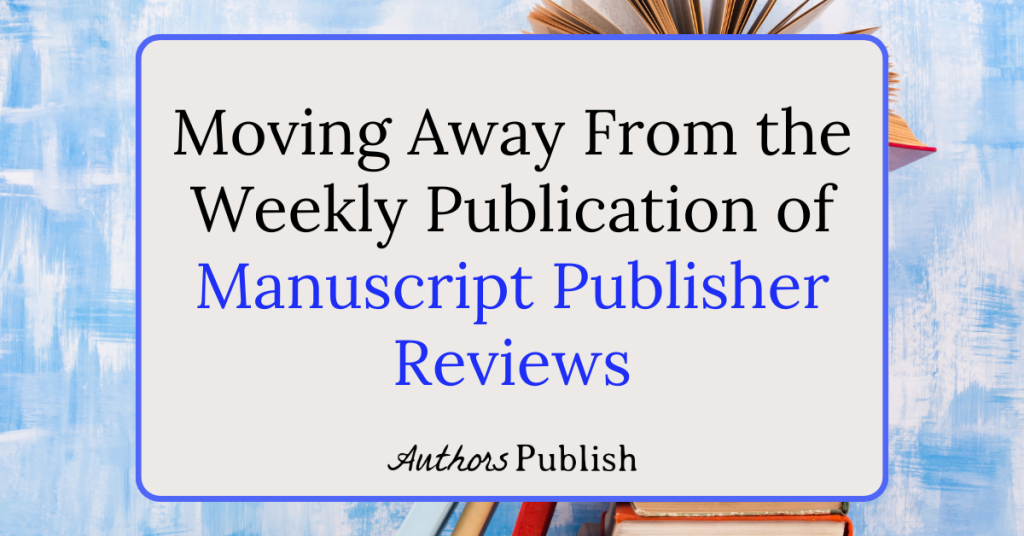By Mark Marderosian
When beginning my first draft, I can hear the characters relating their adventure to me and I type away furiously with no qualms about typos or spelling.
After the initial draft is when the fun work begins. I picture for the first time that I’m now hiring actors to play the roles I’ve laid out. I’m open to suggestions from them as I proceed with the second draft.
Overall, I find it helpful when actors ask me the age-old question: “What’s my motivation in this scene?” It opens up many worthwhile questions for debate.
I ask the actors if they feel their dialogue is correct for the character, down to each word. Did the dialogue move the plot forward? Did the words show personality traits? Who was the dominant driver in the scene? When the other character baited you, did your reaction ring true for your personality?
With this in mind, we reexamine dialogue and scenes between the characters. In my first draft, my star-crossed teenage lovers sneak out over their parents’ objections and attend an afternoon baseball game for their first date. Despite having written their later scenes in my usual first draft improv method and believing their dialogue sounded fine overall, the two characters’ conversation in this scene was dull. The lead actress said to me, “Sorry, we can’t do anything with this stilted dialogue here.”
Listen to the characters first. What goals are they hoping to reach and how are their inherent personalities and gifts making this happen? Their reaction to barriers en route to their goal reveals their personality. And the degree this struggle impacts them affects the plot ahead.
So, I put the scene aside for a while. As I continued to develop their love story in other sections, the issues with this scene became clearer and explained why my actors were rebelling and mouthing banalities. It was an incorrect setting for the characters’ situation. The adults in their lives had forbidden their romantic interest in each other. As intriguing as the setting was, they couldn’t be seen in a public space during midday. The actors in my subconscious knew it, thus causing my dialogue to meander. I switched the location for their first date to a deserted little league field at night, with dialogue reflecting two people struggling against rules barring their love. Greater internal and external conflicts were now clear in their dialogue. Definitely more riveting than having them debate how a batter should stand in the box. Push the actors in the set-up you’ve provided for them by wringing every drop of emotional impact from the situation.
Recently, I carved 15,000 words from my overly long YA crime manuscript. I had to tell a supporting actor all his scenes were on the cutting room floor. Because his character wasn’t fulfilling the two crucial functions for supporting characters: help keep the plot moving and certainly not hinder it, and to show personality aspects of the main character through their mutual interactions.
Another supporting character’s terrible life choices had forced my protagonist to make a moral decision and enter a risky situation. The first supporting actor, while charming, just continued echoing what we already knew about the protagonist, and he added nothing to the overall plot of solving the mystery. The hero in the story did not need two best friends.
After eliminating every scene with this character and adjusting dialogue that referenced him, it didn’t affect the plot at all and certainly helped tighten up the story. Later beta readers didn’t notice a single blip in the scene-to-scene flow or in the overall plot. Proof that this supporting role was unnecessary exposition.
Playing out and writing down the scene as if I’m sitting in the director’s chair having a conversation with the actors about their roles helps me hear their voice as we develop the characters together. Imagine yourself having coffee with your actors and how they would answer the question of “What if…”
I had trouble untying a plot point until an actor mentioned, “How could I possibly defeat three people in hand-to-hand fighting without training and being only 190 pounds?”
What if he’d had a childhood playing catch-up against outside threats, and made a resolution to train at the gym and blunt those threats. This created justification for his physique and boxing ability. It added deeper emotion since he would find the bullying by another character troubling. Aha! There’s the logical motivation to trigger his choice to become involved at the first act’s conclusion! This also had the welcome effect of the character becoming even more endearing to the reader.
I did feel bad telling the actor he was no longer correct for the role and we were hiring Jason Statham. That’s show biz!
Author/illustrator and Disney artist, Mark Marderosian, produces children’s books, weekly newspaper comic strip features, educational DVDs, plus a graphic novel once optioned by NBC for TV development. His short stories based on superheroes appear in a quarterly anthology. He’s currently writing four YA novels in various stages of completion.





